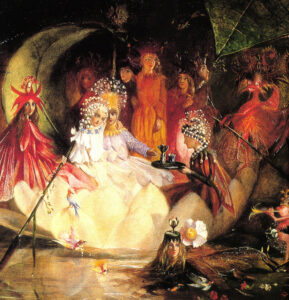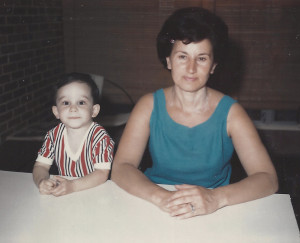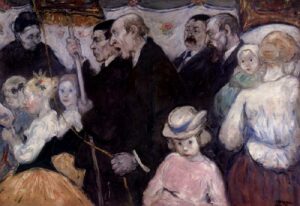June already! It is the month of the summer solstice here in the Northern Hemisphere: Our longest days and shortest nights, the start of summer by the almanac but by traditional reckoning of time it is the month of Old Midsummer, as our days increase in length up until the solstice and then already begin their descent down again once we pass that moment. It is a magical and mystical time, if the stories are true and the poets are right. And why wouldn’t they be? We are at the polar opposite side of the year from Midwinter and its particular potent magic. Our ancestors understood this, and so did the early Church: to Midwinter they assigned the birth of Christ, and to Midsummer, the birth of his cousin, John the Baptist, the one who prepared the way. And so we have Christmas in the bleak midwinter, and this month, at the height of summer, comes St. John’s Day. And just as we have charged Christmas Eve with magic, so have we charged St. John’s Eve. It just doesn’t get as much publicity. But Shakespeare knew of this magic; hence his Midsummer Night’s Dream.
Our cover stars for your Convivio Book of Days Calendar for June are Oberon and Titania, king and queen of the fairies, in a painting by John Anster Fitzgerald. The calendar, as usual, is a printable PDF, and a fine companion to the blog (especially when I don’t have time to write to you). Click here for your June Book of Days.
A note, too, about last month’s calendar: I inadvertently listed Pentecost as happening on May 23. That was not at all true. In fact, Pentecost is just coming up in the coming days, on the Fifth of June. It’s a moveable holiday, and I completely messed it up this year. I promise to be more diligent in the future, and I am almost certain that every holiday listed on the June Book of Days is absolutely right. I do the best I can. Click here for a corrected version of the Convivio Book of Days Calendar for May.
Have a wonderful June. May some tangible aspect of Midsummer magic be yours.


